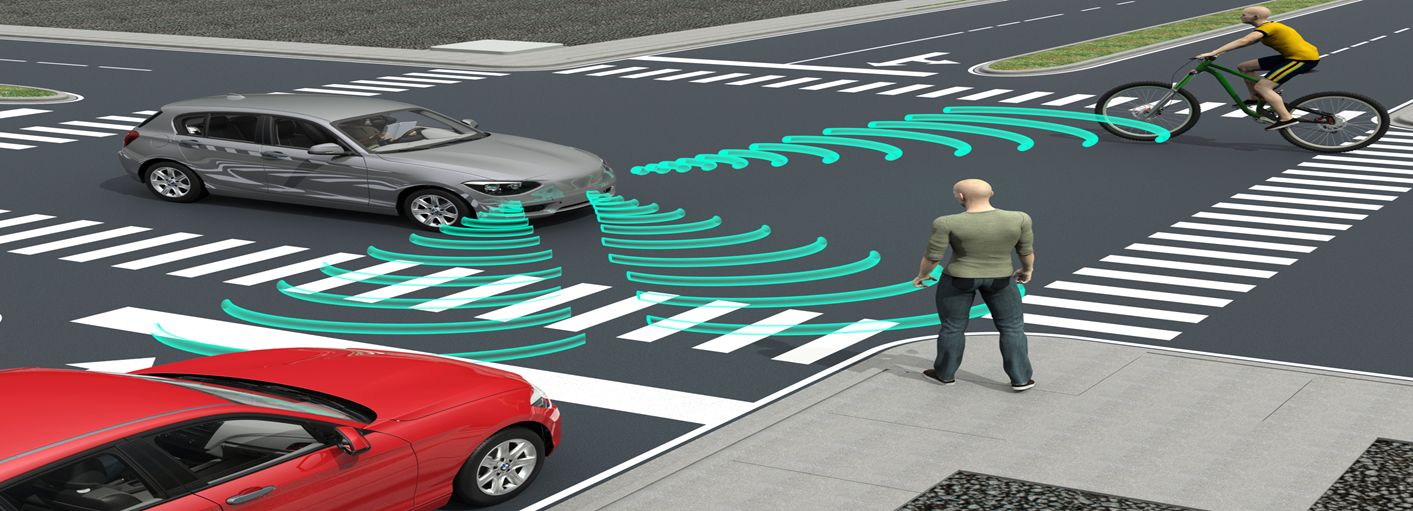
Recent technological advancements have led to a race in Autonomous Vehicle (AV) developments. One of the issues that is most critical when considering the circulation driverless AVs in roads is their interaction with Vulnerable Road Users (VRUs). The present research aims to investigate the issues of interaction between AVs and VRUs. A literature review from recently published studies around the globe was conducted in order to assess the available technologies and locate possible future trends. The first section examines the topic from the side of AVs and automation technology overall, while the second section approaches issues from the VRU side, such as trust and acceptance. Each section is further divided by examining how different levels of automation will affect the interaction between AVs and VRUs. Results indicate that while low level automation technologies are already proving beneficial, higher level automation seems to be concentrating on compiling AI algorithms that mimic several distinguishing and decision-making functions of the human brain in order to prioritize providing VRUs with the increased attention they merit. Lastly, research on the detection of mobility-impaired VRUs such as manual or electric-powered wheelchair users seems to be lacking.
| ID | pc341 |
| Presentation | |
| Full Text | |
| Tags | cyclists, motorcyclists, pedestrians, traffic automation |







